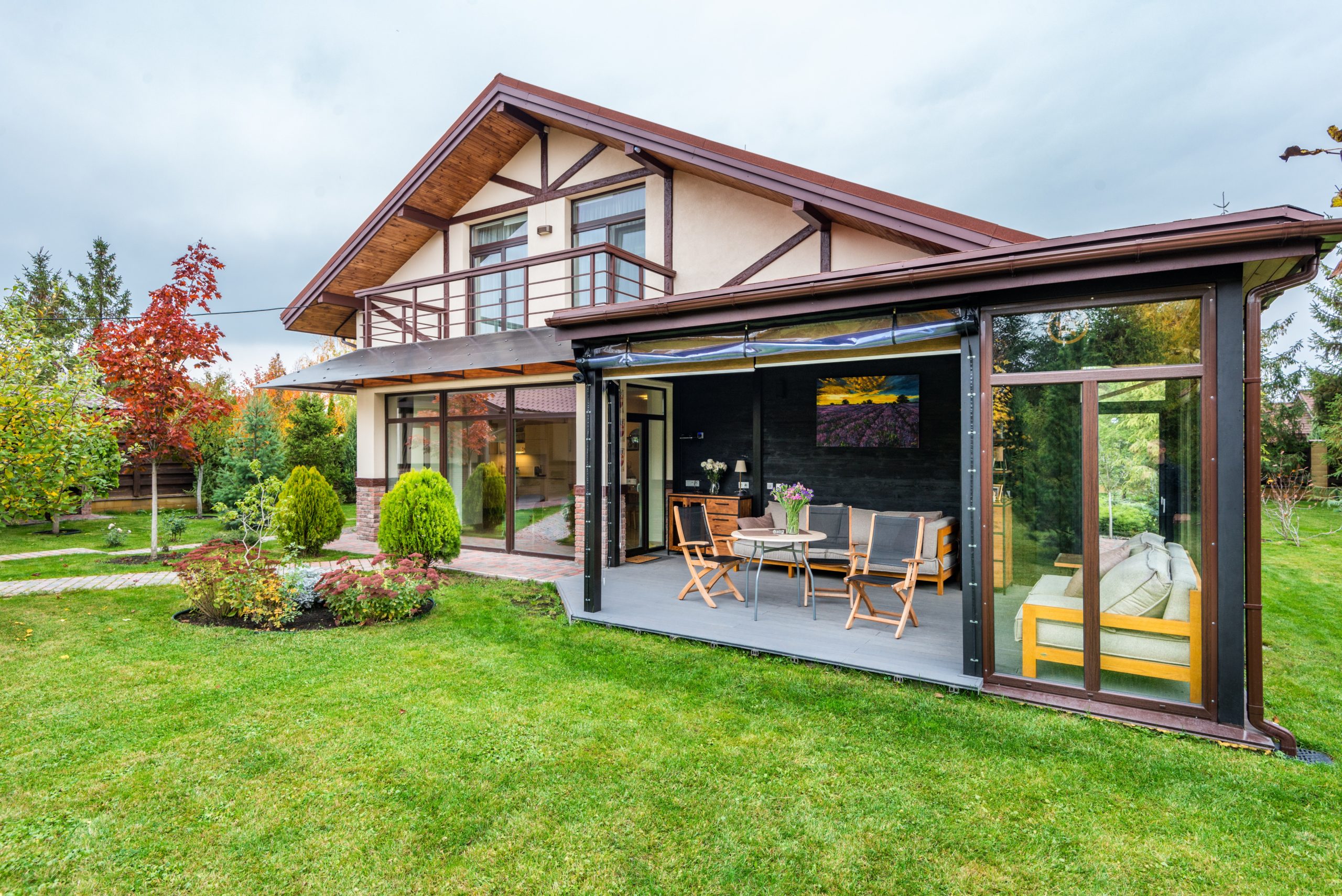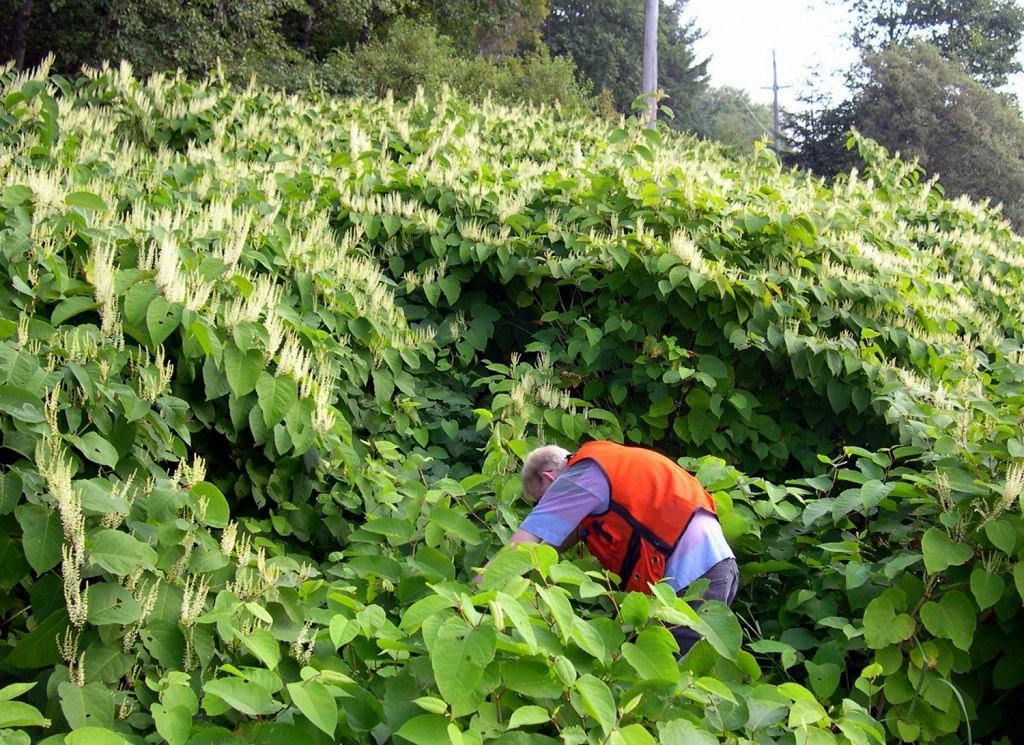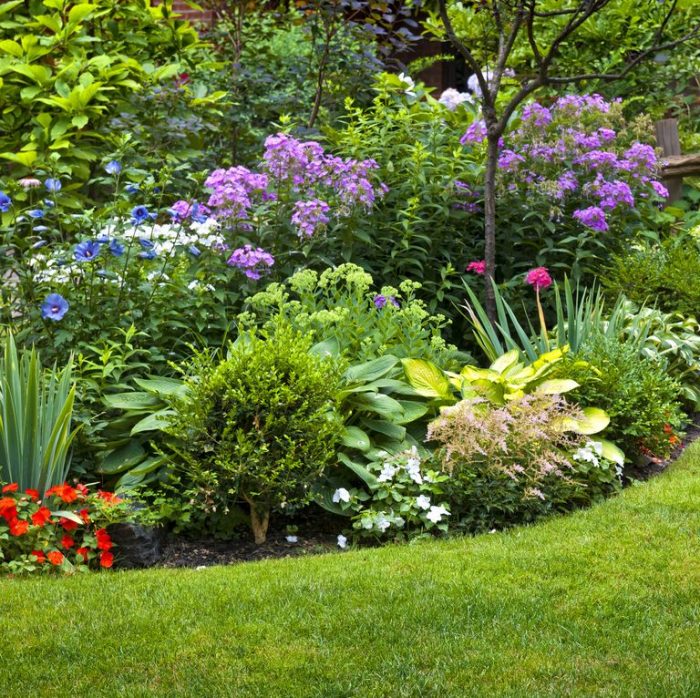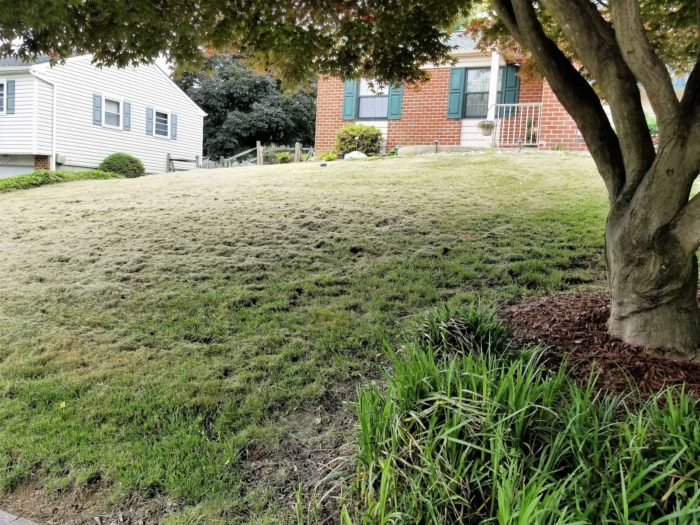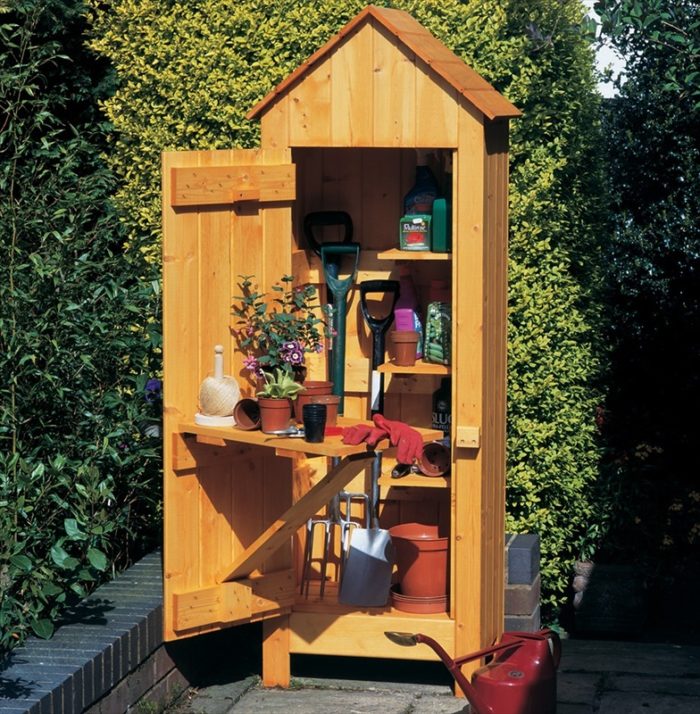Maintaining a picturesque and heartwarming garden can seem daunting, especially if you are new to landscaping. But even seasoned gardeners can make some Landscaping mistakes that can spoil the look of their garden. From overwatering to planting the wrong plants in the wrong place, several things can go awry. Thankfully, there are steps you can take to avoid these mistakes and create a breathtaking and thriving garden that you can cherish for years to come. This article will explore ten common landscaping mistakes that can hinder your garden’s beauty and how to avoid them.
When Should I Redo My Landscaping?
With the inconsistent spring, temperatures are unsuitable for extensive landscaping efforts, and summer’s heat causes damage to plants. The perfect season for a significant landscape renovation is the fall. Planting is enjoyable, and watering is simple in the fall, thanks to the cool weather, giving your plants a chance to evolve and adapt. Avoid the winter months due to the possibility of the ground freezing.
Also Read: Sick and Tired of Doing Secret Garden Ideas for Backyard the Old Way? Read This
10 Landscaping Mistakes Ruining Your Garden
Here we’ll discuss 10 of the most common landscaping mistakes and how to avoid each one. As a rule of thumb, you may need to consult a landscape architect before you finalize your landscaping.
1. Being Vague About What You Want Out of This Landscape
A common mistake is not determining what you want to achieve out of your garden. Set up a clear idea and know your objective. Are you trying to create a productive garden with delicious edible plants? Is your yard a meditative retreat? A children’s playground? A garden of native plants? What are your primary plants? Foliage trees? Herbs or exotics? The options are endless.
Consider factors such as the architectural design of your home, your taste, and the surrounding environment. Are you drawn to a formal, structured garden or a more natural and organic design? Take inspiration from magazines, online resources, or even neighboring gardens to help solidify your illusion.
2. Insufficient Plant Research
One of the most common landscaping mistakes is underestimating how much the plants can grow. If you plant what seems to be a lovely little oak starter tree next to your sidewalk, you won’t have a sidewalk in 20 years. Or if you put in a couple of shrubs on either side of your front door without considering that they might be 40 feet tall in ten years, dwarfing your front entrance, you will be wasting your money.
This mistake might cost you a fortune. Do your research and be patient with your new plants or sprouts. If you misjudged a plant installed near your home, it might block a window. Planting in or near a flower border may cast unwanted shade on other plants. So take your time to judge the size of your plant. Know the mature size of each plant.
Also read: Sick and Tired of Doing Secret Garden Ideas for Backyard the Old Way? Read This
3. Misplacement of The Proper Plant in The Appropriate Location
This mistake is unforgivable. Caring for a plant is similar to looking after your pet; you must constantly nurture it. Different plants have varying requirements for light, moisture, and temperature. Plants with similar conditions should be planted close to each other so you aren’t pouring water on your moss and drowning your cactus.
Another unnoticeable mistake would be installing plants that cannot tolerate your local conditions. They won’t thrive.
Choices of plants vary for each zone in the backyard or garden according to its needs. For instance, an outdoor lounge can be shaded with large shade trees. These include trees that grow horizontally, like Japanese Cherry Blossom (Cassia Nodosa) or Poinciana (Delonix regia)
4. Lack of Awareness of “Invasive” Plants in Your Area
That exotic vine may look pretty, but it may drive you crazy when you try cutting it back after it overruns your house. This is likely to happen significantly if a plant drops millions of seeds. Additionally, you must be extra careful if children play in your yard. Many sneaky plants seem harmless from afar but can be dangerous when touched. Also, ensure the primary users (probably your family) are not allergic to these plants.
5. Poorly Planned Spaces
Be careful when determining the zones for each plant. Never put your plants too close together. In this phase, you should hire a landscape architect and discuss how you want your design to look. Take into consideration that mulch can heavily slow down the weeds. Also, know which plants might be creeping up on your neighbor’s fence. You don’t want your neighbors accusing you of invading their privacy.
If the roots or branches of your neighbor’s tree encroach on your land, you can trim them back to the boundary line. In law, this is called “abatement.” If you don’t want to do this yourself, you can ask your neighbor or even the district court for an order to trim the tree.
6. Not Setting Your Budget Right
How much time, energy, and money are you willing to spend? Are you trying to go “chemical-free?” Don’t create something more complicated or more expensive to maintain than you can manage. Not being organized with your financials is a recipe for disaster. Consult a professional or do your market research to know the price range. Remember that some groundcovers spread so fast that you do not need to buy in large amounts when starting.
7. Lack of Information
Consult a professional before implementation. Make sure you’re on the right track and not breaking any rules. You must pay attention to the little tag you get when buying the plant. In addition, you might need professional opinions concerning plant species, planting, and care recommendations. Maintenance of the plants is crucial, and each species has different needs.
8. Forgetting That Form Follows Function
We intuitively think of aesthetics before we consider practicality. There is no reason you shouldn’t be able to have both, but when things get real, one needs to be more concerned that a home landscape design is secure, safe, convenient, and usable. Your landscaping should be customized to your own needs. Is the size of the pathway wide enough? Are you putting too much outdoor furniture or neglecting circulation space? This is hard to balance equation. It always has been and always will be.
9. Not Having a Toolshed
Another maintenance-related mistake can be needing a tool shed. This means you probably have a few tools crammed into one tiny space where you won’t find anything. Making your tools easily accessible and organized will encourage you to care for your garden instead of procrastinating constantly.
A garden shed is a fantastic solution for keeping your tools and equipment neatly organized and easily accessible. For one, Duratuf garden sheds can withstand the elements and provide secure storage for all your gardening essentials. With this helpful structure, you can say goodbye to the sight of rakes leaning against trees or shovels left out in the rain.
There are variations of tool sheds that can look cute in your garden. If you do not have that much space, organize your tools on shelves; always keep them de-cluttered and clean. The longer you put off getting sufficient storage, the longer your garden will be messy. This will make you procrastinate and stay caught up in your yard work. Who says tool sheds must be ugly kiosks hidden behind the trees and filled with insects? Check out this gorgeous tool shed which also functions as a greenhouse!
10. Cutting Your Grass Too Short
No, cutting your grass too short all at once does not save you the effort of trimming it again. This rule only applies when you are at the hairdresser. Dealing with lawns is not as easy as it can scalp the yard; it could result in a bare patch, making it too vulnerable. Accordingly, this makes it inviting insects and diseases. The key is to cut the lawn in different lengths throughout the year, longer in summer and shorter in winter.
Although it may seem like common sense, there is a right and wrong way to mow your lawn. It would be best to alter how you mow the lawn each mowing session. Generally, your grass should be cut at least three and a half inches. Longer grass helps shade weeds and improves moisture retention in the soil.
Avoiding these common landscaping mistakes can transform your garden into a beautiful and thriving outdoor oasis. Remember to plan, choose the right plants for your environment, maintain healthy soil, and give your garden the care and attention it deserves. With these tips, you can develop a heartwarming and sustainable landscape that will bring joy and relaxation for years. Happy gardening!
